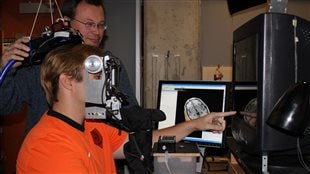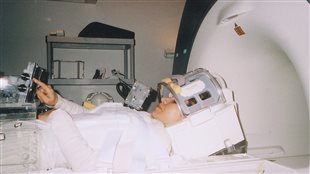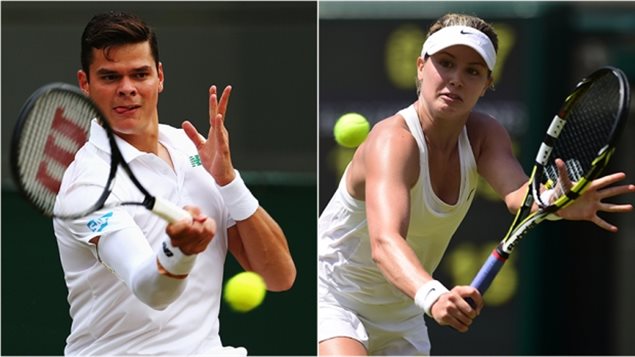We can do it, and do it with complete ease. Robots can’t, at least not yet. That is, determine where for example a glass of water on the table in front of us is in exact relation to where we are, translate that perception into a precise motion to reach out toward the glass, open our hands and move hand and arm exactly in order to grip the glass. We can also remember where the glass is relative to other items on the table as well.
It may seem simple, but it’s not. This highly complex process is something Professor Doug Crawford (PhD) has been studying.
He is a Distinguished Research Professor in Neuroscience and Canada Research Chair in Visuomotor Neuroscience at the Visuomotor Neuroscience Lab of York University in Toronto.
The latest research his team has performed was published in the scientific publication “ The Journal of Neuroscience”
Listen
We humans can also catch balls tossed at us, or throw them back to the other person judging the distance in relation to where we are.
Humans are very good at judging where things are in relation to us (egocentric), where things are in relation to other things (allocentric), and remembering that.
The participants were given three different tasks to complete when viewing remembered visual targets: egocentric reach (remembering absolute target location), allocentric reach (remembering target location relative to a visual landmark) and a nonspatial control, colour report (reporting color of target).
They were mapping which areas of the brain were activated in terms of perception of space and distance in relation to the differing tasks, and how that was translated in the brain into motor function, reaching the correct distance to an object for example.

Professor Crawford says knowing which areas are used for which functions will help surgeons, doctors, and clinicians in understanding brain damage due to stroke, injury, or degenerative diseases, and how then to develop either improved or new methods to treat such cases.
Dr Crawford says that in large part, his team is breaking new research ground in developing this new information especially in reagrd to “allccentric” function, and is already working with both health professionals and patients in regard to this neuroscience research.







For reasons beyond our control, and for an undetermined period of time, our comment section is now closed. However, our social networks remain open to your contributions.